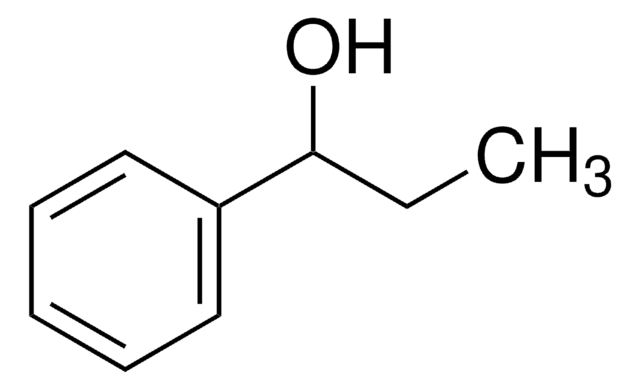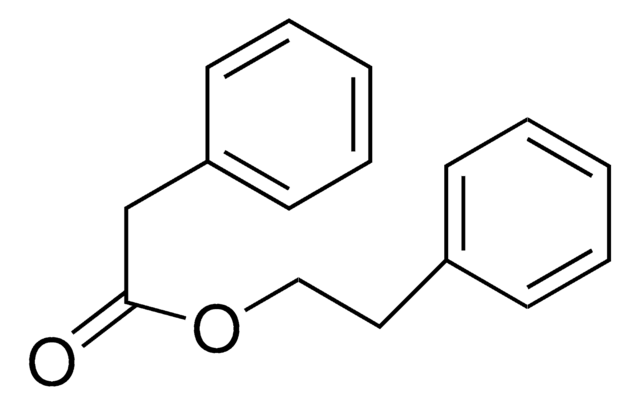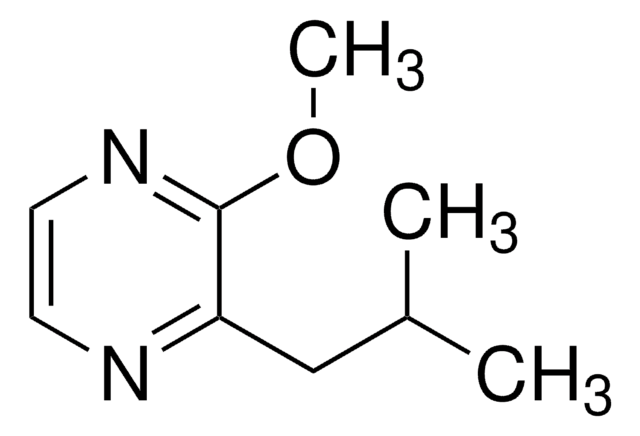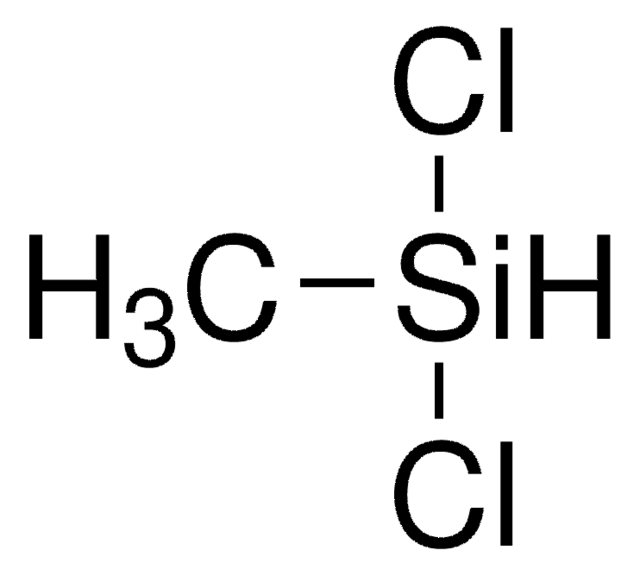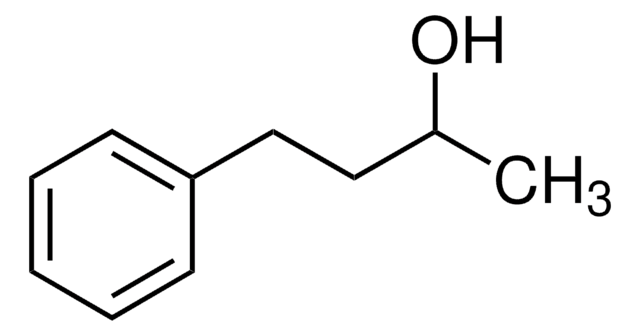W288500
3-Phenyl-1-propanol
≥98%, FCC
Synonym(s):
3-Phenylpropyl alcohol, Hydrocinnamyl alcohol
About This Item
Recommended Products
biological source
synthetic
Agency
meets purity specifications of JECFA
reg. compliance
FCC
FDA 21 CFR 172.515
Assay
≥98%
refractive index
n20/D 1.526 (lit.)
bp
119-121 °C/12 mmHg (lit.)
mp
−18 °C (lit.)
density
1.001 g/mL at 20 °C (lit.)
application(s)
flavors and fragrances
Documentation
see Safety & Documentation for available documents
food allergen
no known allergens
Organoleptic
balsam; cinnamon; hyacinth; floral; spicy
SMILES string
OCCCc1ccccc1
InChI
1S/C9H12O/c10-8-4-7-9-5-2-1-3-6-9/h1-3,5-6,10H,4,7-8H2
InChI key
VAJVDSVGBWFCLW-UHFFFAOYSA-N
Looking for similar products? Visit Product Comparison Guide
Related Categories
General description
Application
Disclaimer
Signal Word
Danger
Hazard Statements
Precautionary Statements
Hazard Classifications
Eye Dam. 1 - Skin Corr. 1B
Storage Class Code
8A - Combustible corrosive hazardous materials
WGK
WGK 3
Flash Point(F)
248.0 °F - closed cup
Flash Point(C)
120 °C - closed cup
Personal Protective Equipment
Choose from one of the most recent versions:
Already Own This Product?
Find documentation for the products that you have recently purchased in the Document Library.
Customers Also Viewed
Global Trade Item Number
| SKU | GTIN |
|---|---|
| W288500-1KG | 4061835566037 |
| W288500-5KG |
Our team of scientists has experience in all areas of research including Life Science, Material Science, Chemical Synthesis, Chromatography, Analytical and many others.
Contact Technical Service



